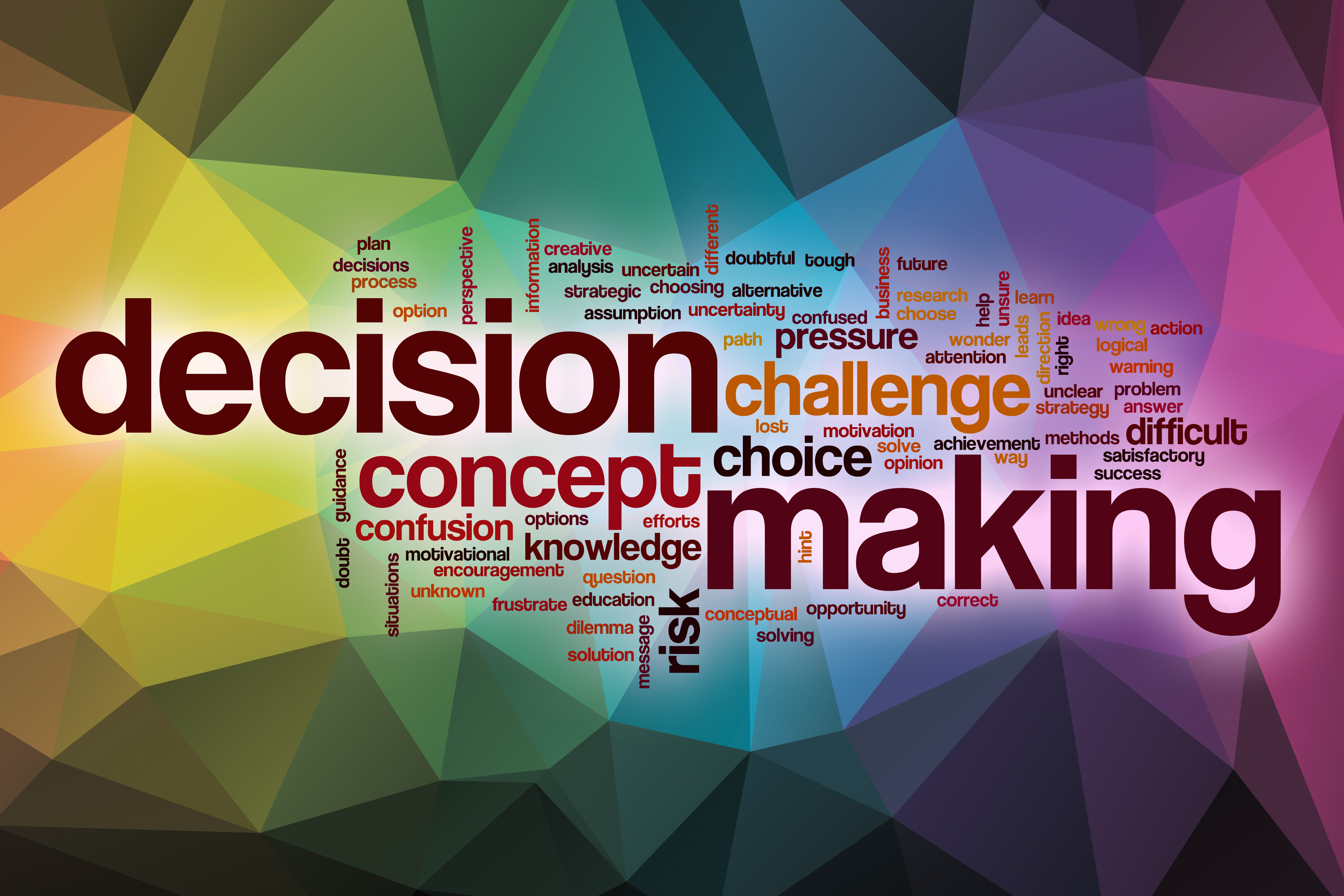Years ago, I worked for two executives at the same time. They could not have been more different, especially when it came to the pace of decision-making.
One ran sales. The other ran marketing, support and product management.
They didn’t like each other. At all.
It was awkward.
A Tale of Two Decision-Making Styles and Speeds:
Executive A—the sales head—was a fast decision-maker, preferring to free people up to move forward and not worried about a perfect batting average. He was not cavalier about decisions; however, he engaged in fast framing (defining the problem, options, and risks), assessed the available data and if possible, would make a call.
Executive B—the marketing, product, and support head—never met a decision he was prepared to make. Data was gathered, reports were developed and presented, and more questions were raised. It was slow and painstaking, however the answers were most often right.
Did I mention that this was a technology company in a booming industry?
When I asked Executive A about the difference in styles, he offered:
B is afraid of making mistakes. I’m afraid of holding action hostage because I’m too fearful of making mistakes. B will make fewer mistakes, and I’ll make a lot more decisions.
Which executive would you prefer to work for?
Strangely, when I present this scenario (with a bit more context) in management courses and workshops, the majority describe preferring to work with B. They like his deliberate thoughtfulness and consideration of all of the data. They appreciate that he will be right more often than wrong.
Having lived through the experience, I am in A’s camp. The work was exciting and productive. A moved fast, encouraged us to test our ideas and course correct as needed. He understood Agile long before the term was used to describe more than a cat landing on his feet.
Alternatively, the work with B was an exercise in slowing time to a crawl. Often by the time B would make a decision, the opportunity was in the rear-view mirror.
These smart but slow decision makers become bottlenecks, and their teams become frustrated or overly cautious themselves. Share on XVindication in the form of research!
Imagine my smile when reading the article, “What Sets Successful CEOs Apart,” in the May/June 2017 issue of Harvard Business Review, and discovering that, “Deciding with Speed and Conviction,” was one of the four key behaviors identified in the research.
The article describes the smart but slow executives like my friend, B, as follows:
While the quality of their decisions is often good, because of their pursuit of the perfect answer, they can take too long to make choices or set clear priorities—and their teams pay a high price. These smart but slow decision makers become bottlenecks, and their teams become frustrated or overly cautious themselves.
Yep, been there and lived it.
Mistakes were made but none were fatal.
If red flags are popping up because you connote fast decision-making with sloppiness, I will encourage you to think again.
Effective, fast decision-makers become expert at framing the problem to be solved; assessing the need for data; using the data that is available; assessing the impact of a wrong decision and then literally deciding whether to move or pause. They are deliberate decision-makers who found a higher gear than executives such as B.
Yes, mistakes are made as the speed of decision-making increases. Most mistakes aren’t lethal, and most can be undone or improved upon on the run.
The Bottom-Line for Now:
If I have to step in the confirming evidence trap, I’ll do it here with this one. The speed of decision-making sets the pace for actions and learning in an organization. The lack of decision-making speed is an opportunity and morale killer.
—








Leave A Comment